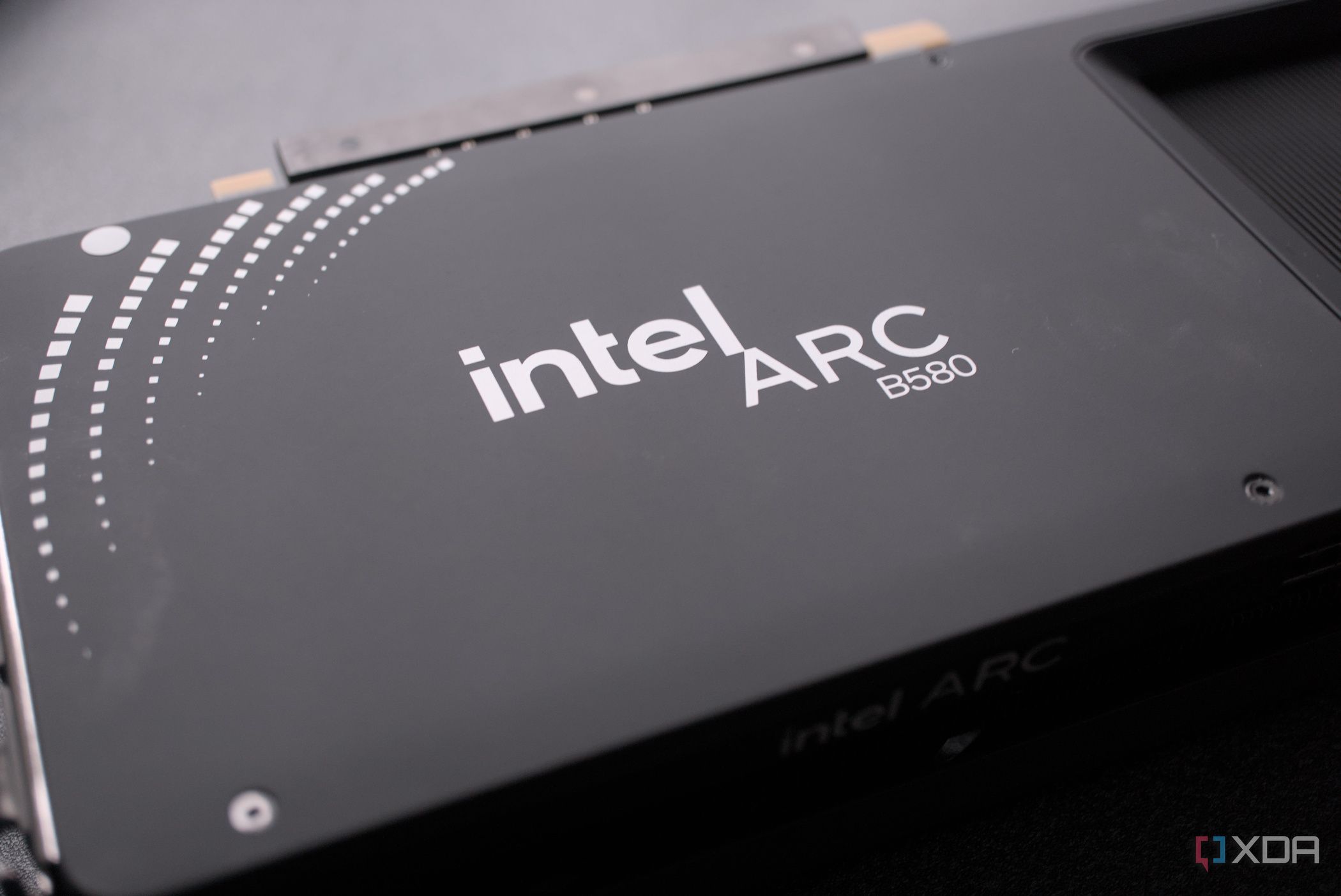UPDATE: Intel’s Arc GPUs are facing critical challenges that could hinder their competitive edge against NVIDIA in the graphics card market. Recent reports highlight three major issues that Team Blue must address urgently to convert consumer interest into loyalty.
New data reveals that while Intel’s Battlemage graphics cards have made strides in performance, their software ecosystem still lags behind competitors. Currently, Intel’s driver support achieves only 87% day-zero readiness across 39 titles, compared to NVIDIA’s impressive 95% support across 50–60 major titles. This gap raises concerns for gamers who expect seamless gameplay upon a game’s launch.
Intel’s driver stability remains a significant hurdle. Despite improvements since the Battlemage release in 2024, users continue to experience optimization issues, particularly highlighted during the problematic launch of Starfield, where DirectX 12 crashes marred gameplay. As gamers seek reliable performance, Intel must enhance its driver ecosystem to match NVIDIA’s longstanding reputation for optimization.
Another pressing issue is the adoption of Intel’s proprietary upscaling technology, XeSS. Currently, XeSS is available for only 200–250 titles, a stark contrast to NVIDIA’s 700+ supported titles featuring DLSS. Analysts emphasize that for Intel to successfully release its rumored Celestial GPU at competitive price points, XeSS must advance significantly to offer comparable performance and quality.
Furthermore, Intel’s pricing strategy for the Arc B-series GPUs, which debuted at an attractive $249 MSRP, is crucial. As market prices climb toward the RTX 4060 Ti range, the value proposition for Intel’s offerings diminishes. NVIDIA’s superior driver maturity and advanced features make the additional investment in their cards more appealing to consumers.
Intel’s ability to maintain competitive pricing is vital for expanding its market share and forging stronger developer partnerships. Without a clear price-to-performance advantage, the Arc lineup risks losing its appeal in the mid-range market, which is essential for attracting gamers looking for future-proof builds.
As Intel strives to disrupt the long-standing AMD-NVIDIA duopoly, it must address these pressing issues of driver reliability, broader XeSS adoption, and competitive pricing. The road ahead is challenging, but if Team Blue can successfully navigate these hurdles, it stands a chance to reshape the GPU landscape.
For now, many enthusiasts remain cautious. While the Arc series shows promise, it lacks the persuasion needed to secure a spot on their build lists. Intel must act swiftly and decisively to ensure its graphics cards are not just exciting experiments but dependable options for gamers worldwide.
This urgent situation calls for immediate attention from Intel if they are to capitalize on their recent advancements and convert curiosity into lasting consumer loyalty.
